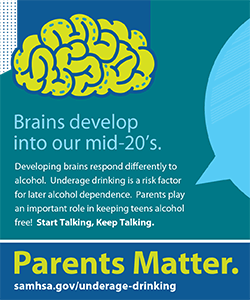|
Foam soap may not measure
up to liquid soap
 Send a link to a friend
Send a link to a friend
[March 24, 2017] By
Jeffrey Hoskins
Foam soaps are increasingly replacing
traditional liquid soaps in hospitals, nursing homes, schools, the food
industry and other public spaces, but the trend may carry a risk, a
small study suggests.
|
|
 Foam soaps may not be as effective as liquid soaps in eliminating
bacteria that can lead to infection, the authors say. Foam soaps may not be as effective as liquid soaps in eliminating
bacteria that can lead to infection, the authors say.
“In this pilot study, when standard hand washing techniques were
used - washing wet hands with one pump of foam soap for six seconds
and drying with a paper towel for four seconds – the foam soap was
not as effective as the liquid soap in eliminating the hand
bacterial load,” Dr. Ozlem Equils at UCLA’s School of Medicine and
the Miora Educational Foundation in Encino, California, told Reuters
Health by email.
Equils and colleagues tested two common brands of foam and liquid
detergent-based soaps that are available in neighborhood grocery
stores.
When volunteers washed with foam soap, the average bacterial colony
count on each hand went from 3.6 to 2.6, on a scale from 1 to 4 - a
difference that could have been a coincidence. With liquid soap, the
colony count went from 3.8 to 1.2 - a statistically significant
drop, according to a report in the American Journal of Infection
Control.

Each group had five healthy test subjects. Two more sets of
experiments were conducted with additional volunteers and yielded
similar results.
The research team suggests foam soap may be less effective than
liquid soap because it comes out of the pump as a lather, whereas
the liquid soap lather is built up in the process of hand washing.
Also, the amount of soap in foam is markedly less in a single pump
than is found in its liquid counterpart.
Dr. Guenter Kampf, a hand hygiene expert at the University of Ernst
in Germany, told Reuters Health that because the study was small and
the methods weren’t rigorous, more robust research is needed to
confirm the findings.
In the meantime, he said, “For domestic use it may not make a
difference whether a foam or liquid soap is used because cleaning of
the hands is the main purpose of washing them.”
The U.S. Food and Drug Administration “has recently banned the
marketing of over-the-counter consumer antiseptic wash products
containing antibacterial chemicals due to the concern over emerging
antimicrobial resistance,” Equils noted.
[to top of second column] |

The FDA has said it’s not clear that anti-bacterial soaps available
to consumers are any more effective at preventing sickness than
regular soap and water. The two brands of soaps in this study did
not claim to be antimicrobial.
As for alternatives to potentially ineffective foam soaps, Kampf
said, “The most effective formulations are alcohol-based hand rubs
or gels. That is why they are used in health care.”
The second most effective type of product will be antimicrobial
soaps closely followed by plain soaps, he said. “But it should
always be kept in mind that the efficacy depends on the
antimicrobial substance, its concentration, the volume of the
product used and the application time. That is why a general
assessment has limitations.”
The genesis of the study was the collaboration between Nicolette
Dixon, an undergraduate biochemistry major at Washington State
University in Pullman and lead author on the paper, and The Miora
Educational Foundation, which connects high school students with
mentors in healthcare and STEM fields.
SOURCE: http://bit.ly/2nhCnGf American Journal of Infection Control,
online February 28, 2017
[© 2017 Thomson Reuters. All rights
reserved.] Copyright 2017 Reuters. All rights reserved. This material may not be published,
broadcast, rewritten or redistributed.
 |